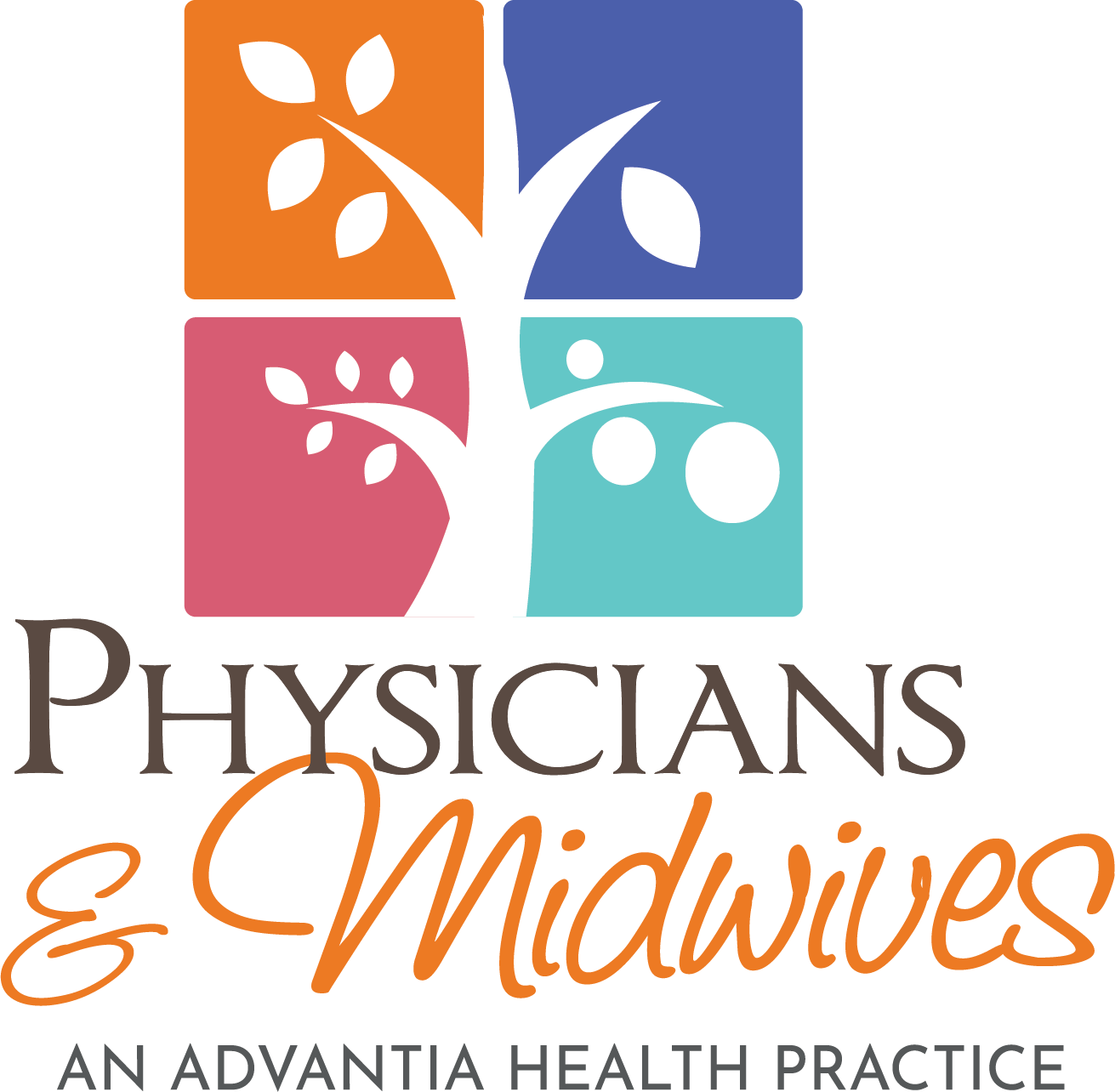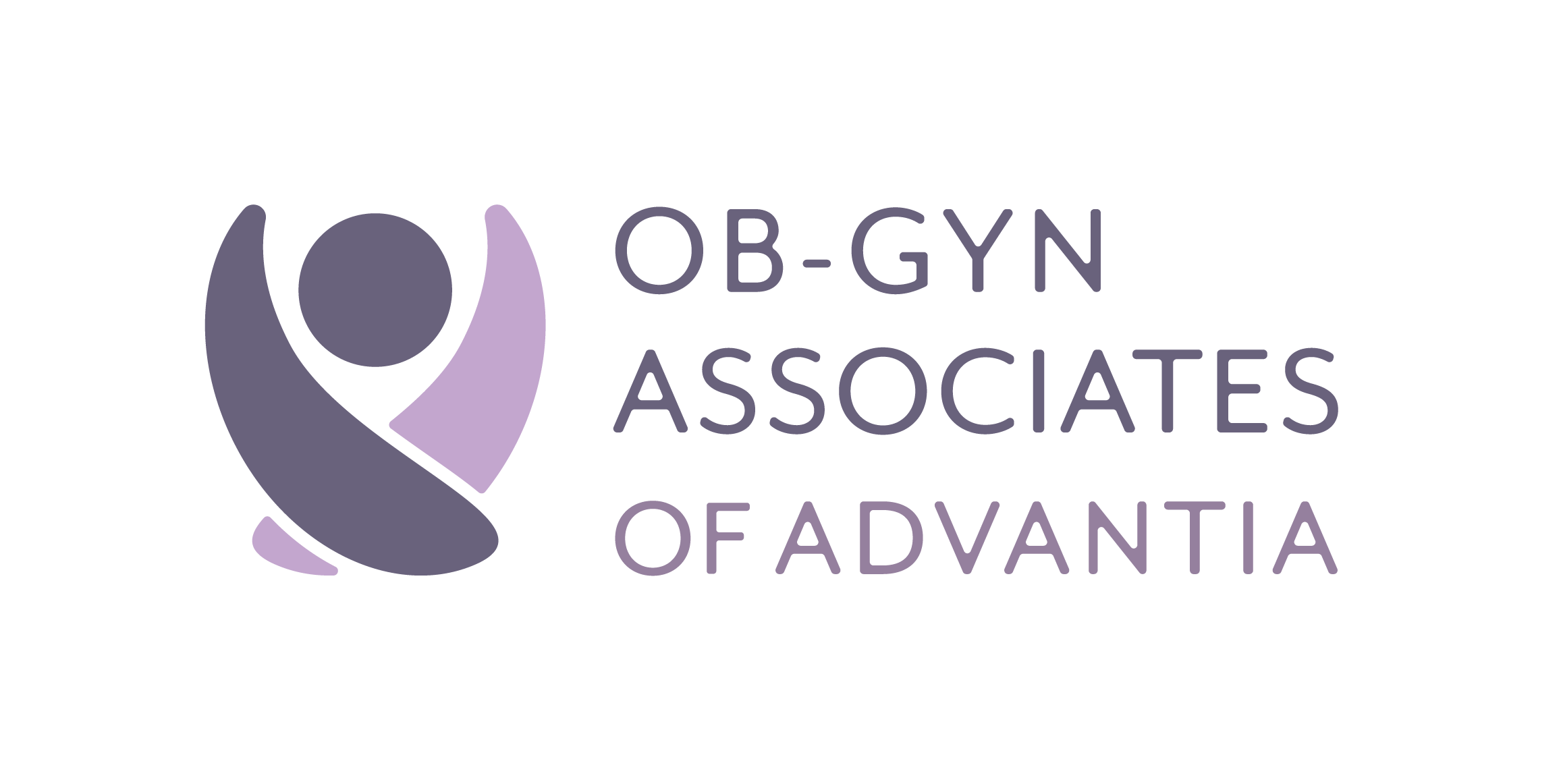
Published on: 11 December, 2013
Read Time: 7 min
First we were told to examine our own breasts, then we were told not to; first we were told to get yearly mammograms starting at age forty, now we’re told that, perhaps, that isn’t ideal. Recommendations on breast evaluation change but women’s concerns about their breasts do not. So, when you find a breast lump or one is found by your provider or on imaging (mammogram, ultrasound or, rarely, MRI) it is natural to have many questions.
The fact of the matter is that most breast lumps do not turn out to be cancer and it is helpful to understand the different possibilities of what a lump may be when faced with this situation. This article seeks to clarify and explain the many types of benign (that is, not concerning) breast lumps that are found everyday in thousands of women. Needless to say, it is imperative to follow up on any recommendations for additional testing because again, while a mass has a good chance of being benign, there is no way to confirm this without the additional information. We will not address any type of breast cancer here as this is an enormous topic unto itself and requires personal, one-on-one dialogue with a provider. Of course, all the providers at Physicians and Midwives Collaborative Practice are happy to see you personally for any questions so never hesitate to schedule an appointment if you’ve got changes in your breast tissue that concerns you.
How do I know what is normal?
From the time breast tissue begins to develop in the earliest part of adolescence, it has many “uneven” qualities with thicker and thinner areas, bands of rope-like tissue, tender spots and even significant size differences from left to right. Also, as many women notice, the breasts change throughout the menstrual cycle often swelling to a full-bra-size larger right before menses and then returning to a smaller baseline size once the period starts. In addition to the natural texture of the breast tissue (which is actually predominantly fatty tissue), the lymph nodes and the milk ducts which are present throughout the entirety of the breasts provide variety and contours to the breast.
With these things in mind, there are some helpful guidelines in learning about your own breast tissue and discussing changes or concerns with your provider. Normal breast tissue has density and texture. Normal breast tissue will typically match the other side and have basic symmetry; just like one side of our face is similar to the other, so too is one breast to the other. Benign cysts of the breast will often come and go or become larger and smaller with the menstrual cycle. It’s always a good idea to check breasts after the period so as not to mistake the premenstrual breast changes for concerning lumps or masses. Breast pain is almost always caused by hormonal stimulation and is not considered a “warning sign” of anything dangerous (however, if pain is accompanied by any unusual bruising, redness, swelling or skin changes, it needs to be evaluated within a few days at most). Likewise, nipple discharge is common. When it is clear, milky or green (yes, green!) — though it does need an evaluation — it is generally not urgent or associated with breast cancer. Bloody breast discharge should be evaluated more urgently.
What are all of these things in my breasts?
The phrases “fibrocystic breast disease,” “fibrocystic breast syndrome,” or just simply “fibrocystic breasts” are commonly used to describe all manner of lumpy bumpy tissue of the breasts. To be more specific, there is a certain character of breast tissue that is simply somewhat nodular to exam and this has mostly to do with genetics. When the tissue is palpated, it feels rope-y with firm, mobile and frequently tender little nodules throughout the tissue. This nodularity is generally very symmetrical between both breasts and, as described above, tends to fluctuate with the menstrual cycle. Nonetheless, because a provider cannot diagnose anything with a manual exam alone, imaging is frequently ordered. When imaging is done on nodular breast tissue, all appears completely normal and there are no distinct masses identified.
A different phenomena which is often categorized under the umbrella of fibrocystic breast syndrome, is the presence of actual small, fluid-filled cysts in the breast. Unlike nodularity, these benign cysts are more likely to appear in just one breast and they will clearly show up on imaging such as ultrasound or mammography. Many providers will recommend and many patients will choose to have these cysts drained which is a simple office procedure. Unfortunately, those women who get cysts are likely to get more of them and so the inconvenience of the repeated imaging and drainage (call “aspiration”) can become annoying. But it is useful to know that the presence of these cysts is not a risk for breast cancer.
An extremely common benign solid mass found in breast tissue is responsible for causing worry to thousands of women every year. These masses, called “fibroadenomas” are usually easy to feel with manual exam and visible on imaging. While radiologists can often speculate that a lesion is likely a fibroadenoma by the look of it on the imaging, the safest course of action is to confirm the diagnosis with a small surgical biopsy. Anytime a woman is told she needs a biopsy, there is bound to be some fear. During these stressful times, the best health care will include clear communication with appointments scheduled quickly so as to keep the stress to as low a level as possible. Once the diagnosis of fibroadenoma is confirmed, there are several options available. Many women choose to simply leave the mass alone; this is a very reasonable approach especially for smaller fibroadenomas which are unlikely to grown. Others prefer to have the lesion removed. Whichever you choose, remember that these are completely benign and so you have time to ponder your options and find a surgeon with expertise in this area if you choose removal.
The above three conditions (nodularity, cysts, and fibroadenomas) make up the vast majority of benign breast conditions that bring women confusion and concern. This is not exhaustive, however, as there are many less common conditions. Mastitis – an infection of this milk ducts – is a well-known problem to breastfeeding women but is not unheard of in women who are not breastfeeding. Anytime there is suspicion of infection and especially if you are not currently breastfeeding, a visit to a clinician is warranted. Several other conditions of the milk duct system can cause masses, pain or nipple discharge. These will often require some type of tissue sample to determine the cause and so, again, please don’t hesitate to make an appointment with your provider for evaluation. Finally, there are other rare types of tumors and masses that can occur within the breast tissue (indeed anywhere in the body) and, again, these will require clinical evaluation, imaging and, frequently, a biopsy to diagnose.
So, when should I worry?
In summary, the best approach for any changes in your breasts is to see your provider and to obtain a complete evaluation. However, our hope is to provide some peace of mind with the knowledge that many changes in the breast tissue are completely benign. As much as possible, keep the above information in mind as you go through the recommended testing to identify the exact cause of the breast changes you’ve found. It’s also helpful to write down questions that you have prior to your appointments and to bring a companion to your appointments both for support and for an extra set of ears. As clinical guidelines continue to change and be refined, there’s no substitute for being empowered with knowledge and having a good relationship with a caring and proactive health care provider to get difficult health questions answered.
Physicians and Midwives, an Advantia Health Practice
Physicians and Midwives is a unique collaborative practice you won’t find anywhere else. We have 5 offices for your convenience all across Northern Virginia, including Alexandria, North Arlington, Mt. Vernon, Kingstowne, and Woodbridge. If you would like to be listened to, as well as cared for, then look no further.





